Table of Contents:
1. Unveiling 2024’s tripod market
2. Tailoring tripods to your photographic journey
3. Decoding the essentials of tripod excellence
4. Spotlight on 2024’s elite tripod models
5. Concluding insights
Unveiling 2024’s tripod market
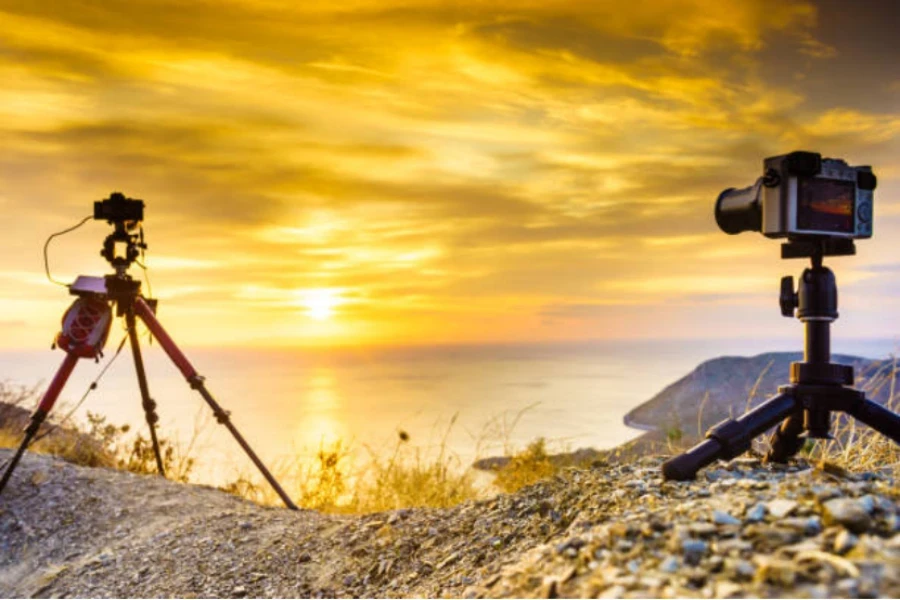
The global tripod market, as of 2022, holds a value of approximately USD 2075.71 million. It is projected to grow at a compound annual growth rate (CAGR) of 0.49% over the next few years, with expectations to reach around USD 2137.38 million by 2028. This growth trajectory is influenced by a blend of market trends, constraints, and drivers, which collectively shape the market’s direction.
Key market insights
Market Dynamics: A range of factors are at play in influencing the market’s growth. These include evolving trends, constraints that may hinder growth, and drivers that propel the market forward.
Segment Analysis: The market is categorized into various segments based on product types (such as Aluminum Tripod, Carbon Fiber Tripod) and applications (targeting Professional Users and Common Users), as well as geographical regions. This segmentation sheds light on the diverse factors contributing to the market’s expansion.
Competitive Landscape: The tripod market is characterized by the presence of major players whose strategies, market shares, and recent developments are crucial in understanding the market’s dynamics. Their influence is significant in shaping the overall market landscape.
The growth of the tripod market is closely tied to technological advancements, which not only improve product performance but also broaden its applications in various downstream markets.
Revolutionizing tripod technology
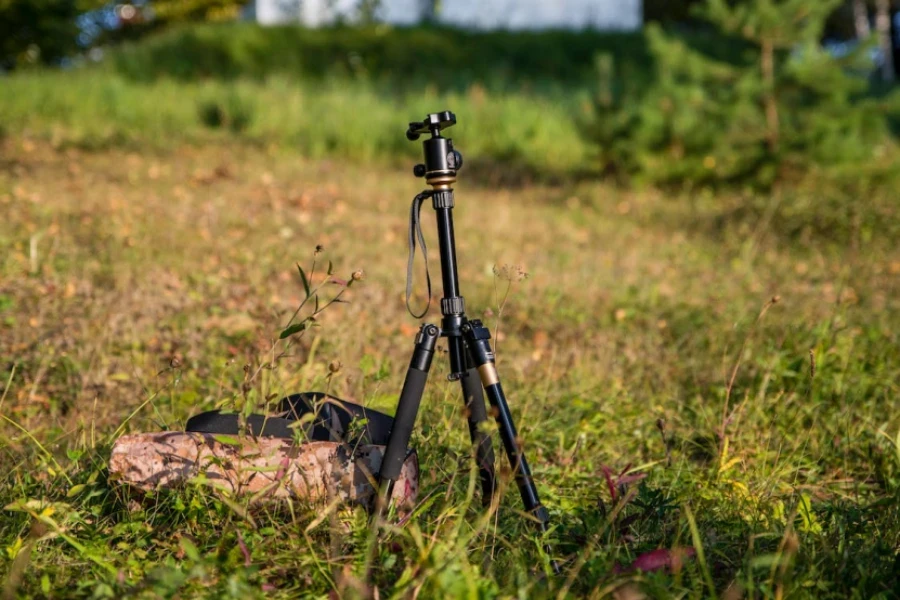
In the realm of materials, carbon fiber continues to dominate, offering an unparalleled blend of strength and lightness. This material has become more accessible, allowing even mid-range tripods to benefit from its durability and reduced weight. Aluminum, known for its cost-effectiveness and robustness, remains a popular choice, especially for those seeking a balance between performance and budget.
Design enhancements have taken center stage, with manufacturers focusing on versatility and adaptability. Tripods now feature more intuitive and quicker setup mechanisms, catering to the fast-paced environment of modern photography. The leg locking systems have evolved, offering more secure and easier-to-use solutions, which is crucial in time-sensitive shooting scenarios.
The integration of features like built-in leveling indicators and adjustable leg angles allows photographers to achieve precise compositions in varied terrains. Tripods with convertible options, transforming into monopods or handheld stabilizers, are gaining popularity, offering multifunctionality without compromising on stability or quality.
Tailoring tripods to your photographic journey

In the diverse world of photography, tripods are not a one-size-fits-all solution. The distinction between lightweight and heavy-duty tripods is a critical consideration for photographers, each type catering to specific needs and environments.
Lightweight vs heavy-duty: a comparative insight
Lightweight tripods, often made from materials like carbon fiber, are designed for portability and ease of transport. These are ideal for travel photographers who need to move quickly and carry gear over long distances. Despite their lightness, many of these tripods offer remarkable stability and durability. They are particularly suited for outdoor photography, where carrying heavy equipment is impractical. However, they may not always provide the same level of stability as their heavier counterparts, especially in challenging weather conditions or when using larger, heavier camera setups.
On the other end of the spectrum are heavy-duty tripods, typically constructed from robust materials like reinforced aluminum. These tripods are designed to support heavier camera equipment, making them a staple for studio photography and professional shoots that require high stability. They are less affected by vibrations and can withstand demanding environments, but their weight and size can be a drawback for photographers on the move.
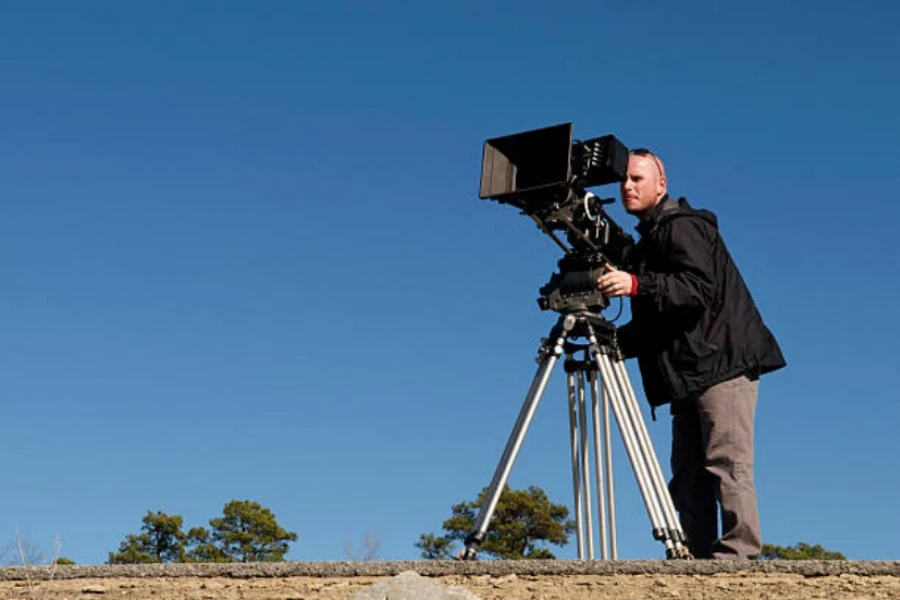
Specialty tripods: customized for creative aspirations
Specialty tripods cater to unique photography needs and scenarios. For instance, tripods designed for macro photography often feature the ability to position the camera close to the ground and include features for fine-tuning the camera position at minute levels. This precision is crucial for capturing detailed close-up shots.
Tripods for rugged terrains are built to endure extreme conditions. They come with features like spiked feet for better grip and flexible leg angles to ensure stability on uneven surfaces. These tripods are essential for photographers who venture into challenging outdoor environments, where traditional tripods might not suffice.
In summary, the choice of tripod depends heavily on the specific requirements of the photography environment and the photographer’s needs. Lightweight tripods offer portability and ease of use, ideal for travel and outdoor photography, while heavy-duty tripods provide unmatched stability for professional studio work. Specialty tripods, designed for specific scenarios like macro photography or rugged terrains, offer tailored solutions for unique photographic challenges. Understanding these distinctions is crucial for selecting the right tripod that aligns with the photographer’s artistic vision and practical requirements.
Decoding the essentials of tripod excellence
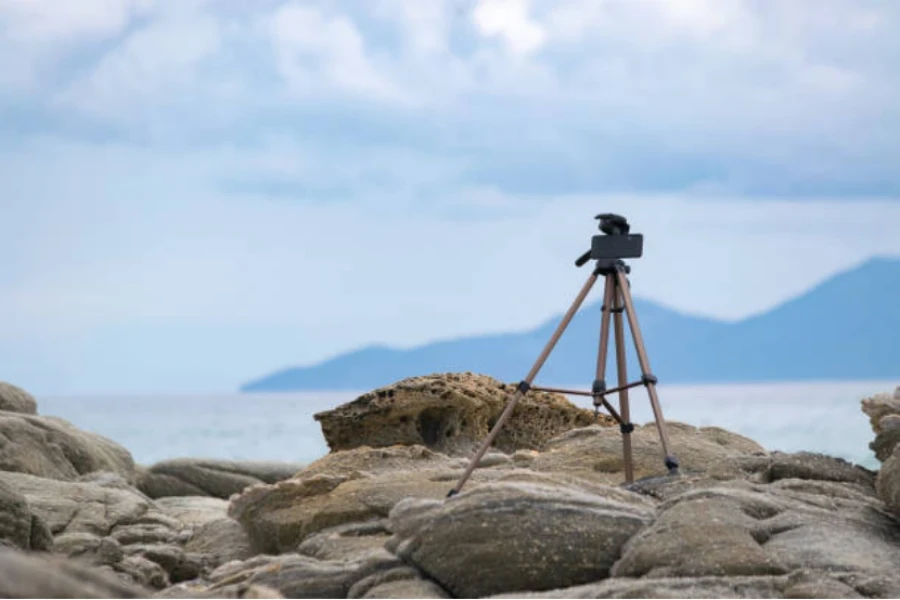
Crafting perfection: materials and build
In the intricate world of tripod manufacturing, the choice of materials and build quality plays a pivotal role in determining both performance and endurance. The industry has seen a significant shift towards using diverse materials, each bringing unique benefits to the table. Aluminum, known for its strength and affordability, remains a popular choice for those seeking a balance between durability and cost. On the other hand, carbon fiber has gained prominence for its exceptional lightness and rigidity, making it ideal for photographers who require portability without compromising stability.
The build quality of a tripod directly impacts its lifespan and reliability. High-quality construction ensures that tripods can withstand the rigors of frequent use and harsh environmental conditions. This is particularly important for professional photographers who rely on their equipment in varied and often challenging shooting scenarios. The precision in joints, the robustness of leg locks, and the overall structural integrity of a tripod are critical factors that determine its longevity and performance.
Design mastery: functionality meets elegance
Moving to design aspects, the functionality and elegance of a tripod are heavily influenced by its head type and leg configuration. The head of the tripod, whether it be a ball head, pan-tilt head, or fluid head, dictates the ease and precision of camera movement. Ball heads offer quick positioning and locking, making them suitable for dynamic shooting environments. Pan-tilt heads provide separate controls for horizontal and vertical movements, favored in portrait and landscape photography. Fluid heads are essential for videography, offering smooth panning and tilting.

Leg configurations also play a crucial role in a tripod’s functionality. The ability to adjust leg angles independently allows photographers to stabilize their equipment on uneven surfaces. Some tripods feature a center column that can be adjusted or removed, offering additional flexibility for low-angle shots or increased stability.
User-friendly features are increasingly becoming a standard in tripod design. Quick-release plates for fast camera attachment and detachment, bubble levels for accurate alignment, and twist locks for easy leg extension are some of the features that enhance the efficiency of operation. These elements not only save time but also enhance the overall shooting experience, allowing photographers to focus more on their creative process rather than equipment setup.
In essence, the excellence of a tripod is a culmination of its material choice, build quality, and design features. The industry’s focus on crafting tripods that are not only functional but also elegant and user-friendly reflects a deep understanding of photographers’ needs. As technology advances, these aspects continue to evolve, offering photographers an ever-improving array of tools to support their artistic endeavors.
Spotlight on 2024’s elite tripod models
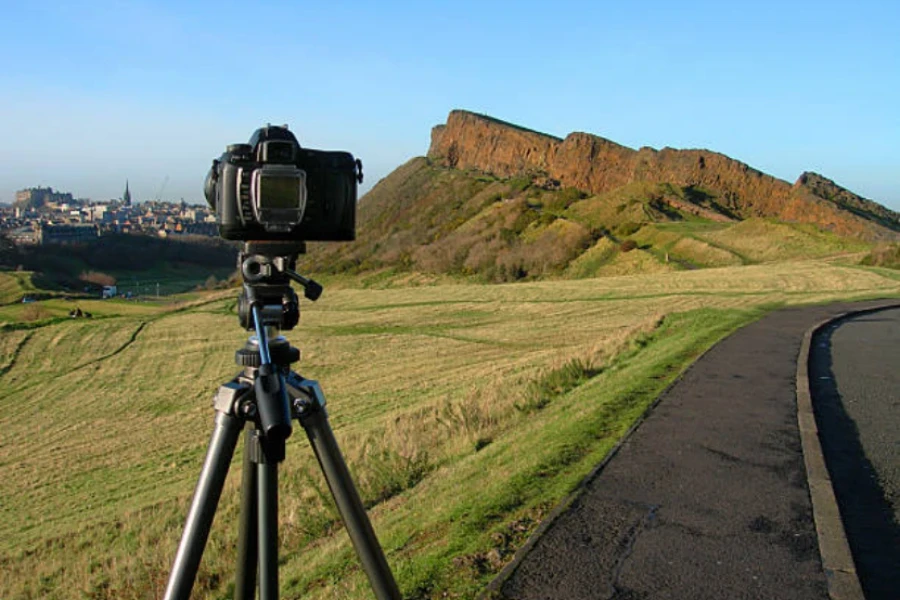
The landscape of tripod technology in 2024 is marked by groundbreaking innovations, reshaping the way photographers interact with these essential tools. The latest tripod models are not just about stability; they incorporate advanced materials and design features that redefine their functionality and user experience.
Unveiling 2024’s tripod innovations
The tripod industry in 2024 has witnessed a significant leap in innovation, reflecting the evolving needs of photography enthusiasts and professionals alike. The introduction of multifunctional, precision-crafted carbon fiber tripods like the Chronicle Tripod Kit exemplifies this trend. These tripods are not just tools for stabilizing cameras; they have transformed into versatile, all-in-one systems that cater to a variety of photographic needs.
The Chronicle Tripod Kit, for instance, stands out with its unique ball head that seamlessly switches from camera to phone mode, eliminating the need for additional accessories. This feature underscores the industry’s shift towards accommodating both traditional photography and the growing trend of mobile photography. The dual-action ball head with tension adjustment and two U-shaped slots for vertical orientation further enhances the user experience, offering more control and precision.
Another notable innovation is the introduction of the Flexor, replacing the standard center column. This design allows the tripod to transform into a comfortable, round handheld stabilizer, a tabletop or ground-level tripod, and even a traditional monopod with an optional 3-leg base. Such versatility is a response to the diverse scenarios photographers encounter, from studio settings to rugged outdoor environments.
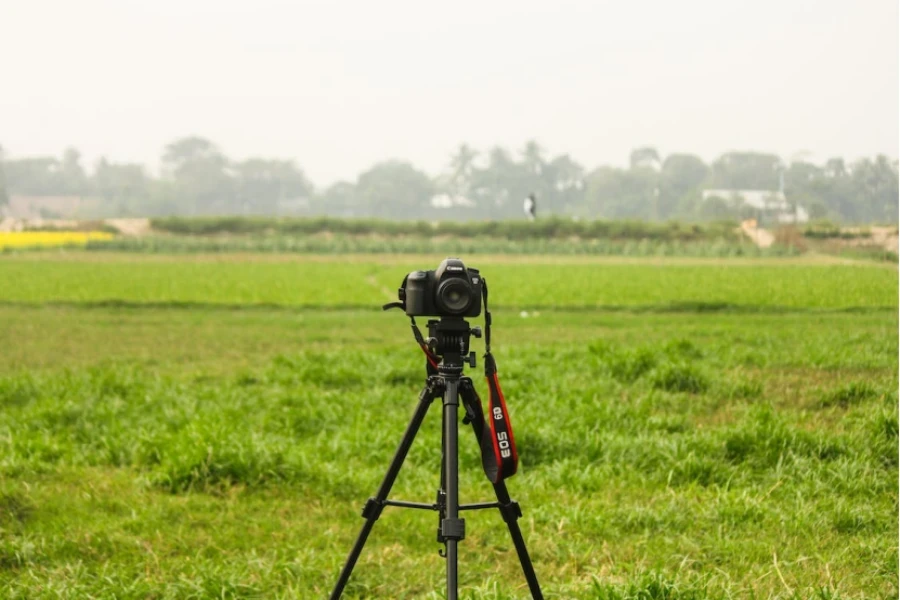
The Chronicle’s ability to support up to 22 lbs and function in cold weather conditions as low as -4° F (-20° C) is a testament to its robustness and reliability. The tripod’s legs, with three angle positions and independently adjustable features, adapt to any terrain, further enhancing its utility.
These advancements in tripod technology reflect a broader trend in the photography equipment industry. The focus has shifted from creating simple stabilizing tools to developing comprehensive, adaptable systems that cater to the dynamic needs of modern photography. This evolution not only enhances the functionality of tripods but also opens up new creative possibilities for photographers, enabling them to capture images in ways that were not possible before.
In summary, the tripod industry in 2024 is characterized by its innovative approach to design and functionality, catering to the ever-evolving needs of photographers. The integration of features like the Flexor and the unique ball head in tripods like the Chronicle Tripod Kit exemplifies this trend, offering photographers unprecedented flexibility and control in their creative endeavors.
Elite picks: this year’s top tripods
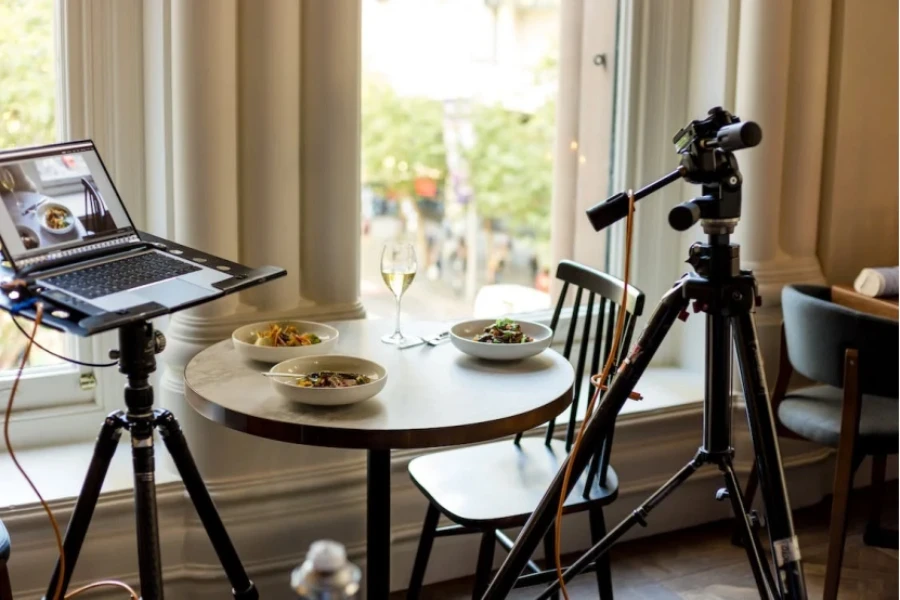
In the realm of tripod technology for 2024, several models have emerged as frontrunners, each showcasing unique features and design innovations that set them apart in the market. These models cater to a range of needs, from the amateur photographer to the seasoned professional, demonstrating the industry’s commitment to versatility and quality.
K&F Concept 163 cm: This model stands out for its balance of functionality and affordability. It’s designed with a focus on portability, making it an ideal choice for photographers on the move. The K&F Concept tripod is known for its sturdy build and ease of use, offering reliable performance without a hefty price tag.
Peak Design Travel Tripod: Renowned for its ultra-lightweight design and compactness, this tripod is a favorite among travel photographers. Its ability to fold down to an incredibly small size without sacrificing height or stability is a testament to the ingenuity of modern tripod design. The Peak Design Travel Tripod is crafted for those who prioritize portability and convenience without compromising on quality.
3 Legged Thing Bucky: This model is designed for heavy-duty use and supports a significant weight capacity, making it ideal for professional photographers who use large lenses and cameras. Its robust construction and enhanced stability features, like broader leg angles and stronger locking mechanisms, ensure reliability in demanding shooting scenarios.
Amazon Basics Tripod: Catering to the budget-conscious segment, this tripod offers basic functionality and decent build quality at an affordable price. It’s suitable for beginners or those who require a simple, no-frills tripod for occasional use.
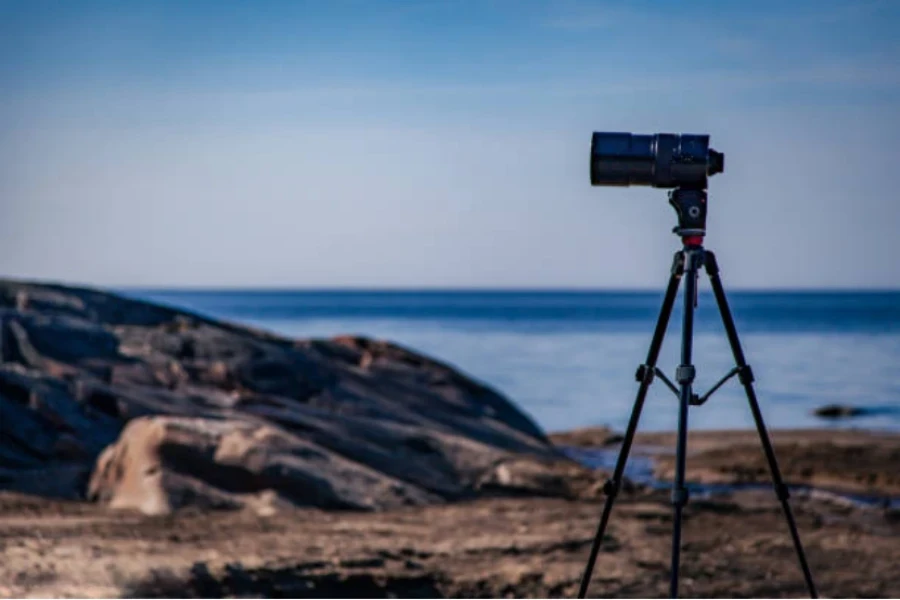
Each of these models reflects the tripod industry’s focus on innovation and user-centric design. The K&F Concept 163 cm and Amazon Basics Tripod cater to the needs of those seeking affordability and simplicity, while the Peak Design Travel Tripod and 3 Legged Thing Bucky are tailored for more demanding photography scenarios, offering advanced features and superior build quality. These models exemplify the diverse range of tripods available in 2024, each designed to meet specific photographic requirements and preferences.
Concluding insights
Selecting the right tripod in 2024 hinges on a nuanced understanding of the evolving photography landscape and the specific needs it entails. The key lies in aligning tripod features with these requirements, whether it’s for lightweight travel photography, heavy-duty studio work, or specialized scenarios. With advancements in materials, design, and functionality, today’s tripods offer a diverse range of options. The ultimate choice should reflect a harmonious blend of stability, portability, and adaptability, tailored to the photographer’s unique style and the dynamic demands of the market.




